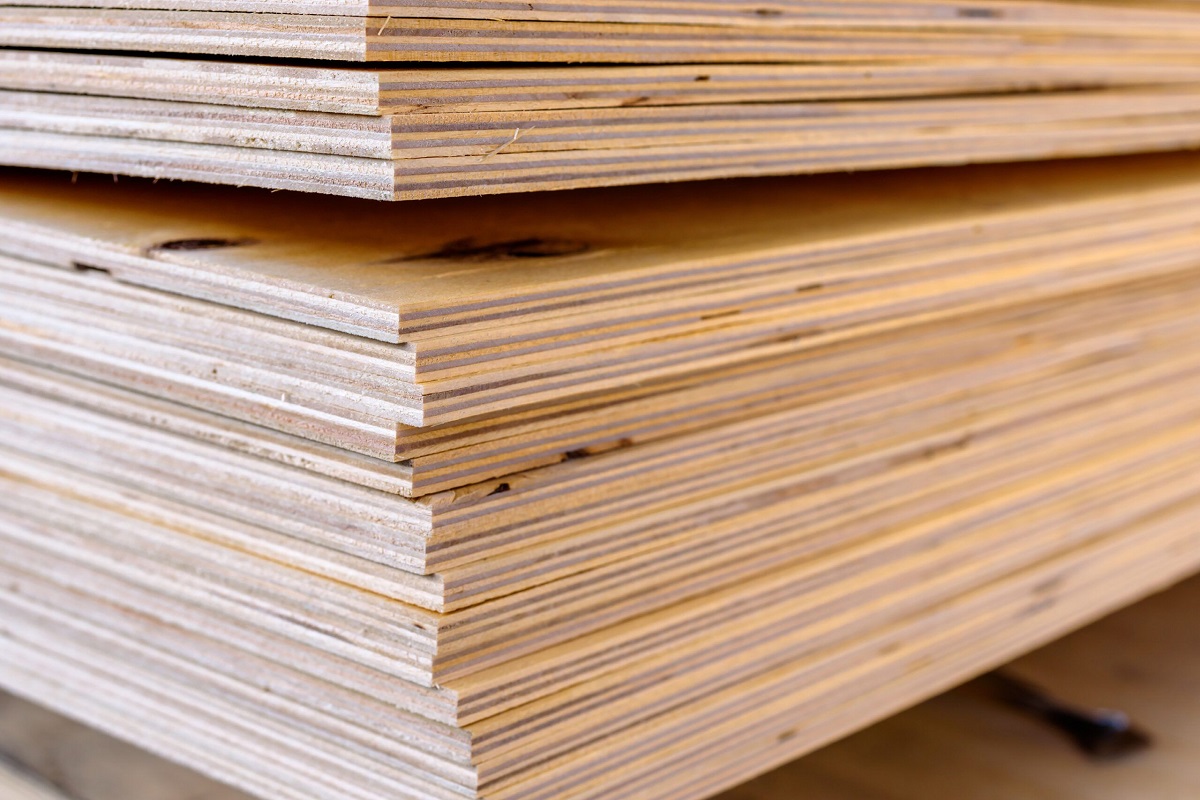

Articles
How To Store Plywood
Modified: October 20, 2024
Discover the best storage solutions for plywood with our informative articles. Learn how to properly store plywood to keep it safe and in optimal condition.
(Many of the links in this article redirect to a specific reviewed product. Your purchase of these products through affiliate links helps to generate commission for Storables.com, at no extra cost. Learn more)
Introduction
There are several key factors to consider when it comes to storing plywood properly. Whether you are a DIY enthusiast or a professional carpenter, proper storage is essential to ensure the longevity and quality of the plywood sheets. In this article, we will discuss some important guidelines for storing plywood effectively.
When it comes to woodworking projects, plywood is a versatile and popular choice due to its strength and affordability. However, if stored improperly, plywood can warp, bow, or develop moisture damage, rendering it unusable for future projects. By following the right storage techniques, you can maintain the integrity of your plywood and ensure that it remains in optimal condition.
In the following sections, we will explore the ideal storage location, temperature and humidity conditions, stack height and weight considerations, surface protection, handling and moving techniques, shelving and storage systems, and the importance of inspection and maintenance.
By understanding and implementing these guidelines, you can ensure that your plywood remains in excellent condition, ready to be used for your next woodworking project.
Key Takeaways:
- Proper storage and maintenance of plywood are crucial for preserving its quality and longevity, ensuring it remains in optimal condition for woodworking projects.
- Choosing the right storage location, implementing surface protection, and handling plywood with care are essential practices to maintain its integrity and suitability for future use.
Read more: How To Attach A Carpet To A Plywood
Storage Location
Choosing the right storage location for your plywood is crucial to maintain its quality and durability. The ideal storage area should be dry, well-ventilated, and away from direct sunlight and extreme temperatures.
Avoid storing plywood in areas prone to moisture, such as basements, garages, or outdoor sheds that are not properly insulated. Moisture can lead to warping, swelling, or even the growth of mold and fungi on the surface of the plywood.
If possible, store plywood indoors in a climate-controlled environment. This helps to regulate the temperature and humidity levels, ensuring optimal conditions for the plywood sheets. A consistent temperature between 60-80 degrees Fahrenheit and a humidity level of 35-55% is ideal for plywood storage.
Proper ventilation is also essential. Ensure that the storage area has good air circulation to prevent the buildup of moisture and the development of mold. Avoid placing the plywood directly against the wall, as this can restrict air flow and increase the chances of moisture infiltration.
In addition, it is important to keep the plywood away from direct sunlight. Prolonged exposure to sunlight can cause the plywood to fade, discolor, or even warp. If natural light is unavoidable, consider using curtains or blinds to protect the plywood from excessive sunlight exposure.
When selecting a storage location, consider the accessibility and convenience as well. You want to have easy access to your plywood sheets whenever you need them for a project. Organizing them in a dedicated storage area can save you time and effort in the long run, preventing unnecessary damage or misplacement.
By choosing the right storage location, you can significantly extend the lifespan of your plywood sheets and ensure they stay in top condition for all your woodworking needs.
Temperature and Humidity Conditions
Temperature and humidity are crucial factors to consider when storing plywood. Fluctuations in temperature and humidity can adversely affect the dimensional stability of the plywood, leading to warping, bowing, or delamination.
As mentioned earlier, the ideal temperature range for plywood storage is between 60-80 degrees Fahrenheit (15-27 degrees Celsius). Extreme temperatures can cause the plywood to expand or contract, which can result in structural damage or a poor fit for your woodworking projects.
Humidity levels also play a significant role in plywood storage. Ideally, the humidity should be maintained between 35-55% to prevent moisture-related issues. High humidity can cause the plywood to absorb moisture, resulting in swelling, softening, and mold growth. On the other hand, low humidity can cause the plywood to dry out, leading to cracking or splitting.
To monitor the temperature and humidity levels in your storage area, consider investing in a digital thermometer and hygrometer. These devices will provide accurate readings and help you maintain optimal conditions for your plywood sheets.
If the temperature and humidity levels in your storage area are not within the recommended range, you can take certain steps to regulate them.
For high humidity environments, you can use dehumidifiers or air conditioners to reduce the moisture in the air. Ensure that the storage area is well-ventilated to allow the excess moisture to escape.
In low humidity conditions, you can use humidifiers or place a water source such as a tray filled with water to increase the humidity level. Additionally, you can cover the plywood sheets with a sheet of polyethylene or plastic wrap to prevent excessive drying.
Monitoring and maintaining the proper temperature and humidity levels in your storage area will go a long way in preserving the integrity of your plywood sheets. By doing so, you can ensure that your plywood remains in optimal condition and ready to use for your woodworking projects.
Stack Height and Weight Considerations
When storing plywood, it is important to pay attention to the stack height and weight distribution. Properly stacking and distributing the weight will help prevent damage to the plywood and maintain its structural integrity.
Firstly, it is recommended to store plywood sheets horizontally rather than vertically. When stacked horizontally, the weight of the sheets is distributed evenly, minimizing the risk of warping or bowing. Additionally, it allows for easier access and prevents the sheets from slipping or sliding.
When stacking plywood, it is essential to consider the maximum stack height. Exceeding the recommended stack height can result in excessive pressure on the sheets at the bottom, leading to damage. The ideal stack height can vary depending on the thickness and quality of the plywood, so it is advisable to refer to the manufacturer’s guidelines.
To prevent excessive weight on the bottom sheets, it is recommended to place support boards or spacers between each layer of plywood. These support boards distribute the weight evenly and help prevent sagging or buckling of the bottom sheets. Ensure that the support boards are placed at regular intervals to maintain proper weight distribution.
When stacking plywood, it is also crucial to avoid overloading. Plywood sheets have weight limits, and exceeding those limits can cause cracking, splitting, or delamination. Refer to the manufacturer’s specifications for the maximum weight capacity of the plywood, and do not exceed those limits to prevent structural damage.
Furthermore, be mindful of where you place heavier sheets within the stack. Placing the heavier sheets towards the bottom of the stack will help maintain stability and prevent the lighter sheets from getting crushed or damaged.
Regularly check the stacks of plywood to ensure they remain stable and secure. Any signs of sagging, shifting, or instability should be addressed immediately to prevent accidents and damage.
By considering the stack height, weight distribution, and using support boards, you can effectively store your plywood and minimize the risk of damage, ensuring that it remains in excellent condition for your woodworking projects.
Surface Protection
Protecting the surface of your plywood is crucial to maintain its appearance and structural integrity. Proper surface protection helps prevent scratches, dents, and other surface damage that can compromise the quality of the plywood.
One of the most effective ways to protect the surface of plywood is by applying a protective coating or finish. There are various options available, including clear polyurethane, varnish, or paint. These coatings create a barrier against moisture, UV rays, and physical damage. Make sure to choose a coating that is compatible with plywood and suits your intended use.
Prior to applying any coating, it is important to properly prepare the surface. Sand the plywood with fine-grit sandpaper to achieve a smooth and even texture. Remove any dust or debris before applying the protective coating to ensure a clean and professional finish.
Additionally, consider using edge banding to protect the exposed edges of the plywood. Edge banding is a strip of veneer or plastic that is applied to the edges of the plywood to prevent chipping or splintering. It not only provides protection but also enhances the aesthetics of the plywood.
When storing multiple plywood sheets, it is advisable to place a layer of protective material between each sheet to prevent friction and scratches. You can use materials such as felt pads, old blankets, or foam sheets for this purpose. This extra layer of protection will help preserve the surface quality of the plywood.
Another important aspect of surface protection is avoiding contact with moisture. Moisture can quickly seep into the plywood and cause swelling, warping, and mold growth. Ensure that the storage area has no leaks or dampness. If necessary, use moisture barriers such as plastic sheets or moisture-resistant pallets to prevent direct contact between the plywood and the floor.
Lastly, handle the plywood with care to avoid unnecessary surface damage. Use proper lifting techniques and avoid dragging or dropping the sheets. If possible, use dollies, carts, or other lifting equipment to move larger sheets of plywood safely.
By implementing these surface protection techniques, you can prolong the lifespan of your plywood and ensure that it remains in excellent condition for your woodworking projects.
Store plywood flat on a level surface to prevent warping. Use spacers between sheets to allow air circulation. Keep it in a dry, well-ventilated area to avoid moisture damage.
Read more: How To Lay Plywood In Attic
Handling and Moving Plywood
Proper handling and moving of plywood are essential to prevent damage, ensure safety, and maintain the integrity of the sheets. Plywood can be quite heavy and cumbersome, so it is important to follow these guidelines to handle and move it efficiently.
Firstly, ensure that you have a clear path and sufficient space to maneuver when moving plywood. Clear any obstacles or clutter that may impede your movement. This will help prevent accidents and minimize the risk of dropping or damaging the sheets.
When lifting plywood, it is important to use proper lifting techniques to avoid strain or injury. Instead of bending over and lifting with your back, bend at the knees and use your legs to lift the plywood. This technique will distribute the weight evenly and minimize the risk of back or muscle injury.
If the plywood sheets are too large or heavy to lift manually, it is advisable to use lifting tools such as dollies, carts, or hand trucks. These tools provide stability and make it easier to transport the plywood safely. Make sure the plywood is securely fastened or strapped to the equipment to prevent shifting or sliding during transportation.
When moving plywood through doorways or narrow spaces, be cautious not to scrape or damage the edges. Tilt the sheet slightly to fit it through the opening without applying excessive force. If necessary, use protective padding or edge guards to prevent any potential damage.
Plywood can be susceptible to damage from impacts or rough handling. Be gentle when placing or stacking the sheets to avoid chipping or breaking the edges. Slow and controlled movements will help prevent unnecessary damage to the plywood.
Additionally, avoid dragging or sliding the plywood across rough surfaces, as it can scratch or splinter the surface. Lift the sheet completely to move it rather than dragging it along the ground.
When storing or transporting plywood in a vehicle, make sure it is properly secured to prevent shifting or damage during transit. Use tie-down straps or ropes to secure the plywood and keep it stable. It is advisable to place a protective layer, such as cardboard or blankets, between the plywood and any supporting surfaces to prevent scratching or rubbing.
By following these guidelines for handling and moving plywood, you can ensure that the sheets remain intact and ready to use for your woodworking projects.
Shelving and Storage Systems
Having a well-organized shelving and storage system is essential for efficient and effective plywood storage. Properly designed shelves and storage systems can maximize space, increase accessibility, and protect the plywood from damage. Here are some considerations to keep in mind when setting up your shelving and storage systems for plywood:
1. Size and weight capacity: Ensure that the shelves are designed to accommodate the size and weight of plywood sheets. Consider the dimensions of the largest sheets you will be storing and select shelves or racks that can adequately support their weight.
2. Sturdy construction: Opt for shelves or storage systems made of durable materials such as steel or strong wood. Plywood is heavy, so the shelving needs to be able to support the weight without bending or sagging.
3. Adjustable shelving: Look for shelves that offer adjustability in terms of height or shelf spacing. This will allow you to customize the storage system to fit different sizes of plywood sheets and optimize space utilization.
4. Accessibility: Arrange the shelves in a way that allows easy access to the plywood sheets. Consider placing frequently used sheets at a convenient height for quick retrieval.
5. Consider vertical storage: Vertical storage can be a space-saving solution for plywood. Utilize tall racks or vertical storage systems to make the most of your vertical space.
6. Use dividers or separators: Incorporate dividers or separators on the shelves to keep the plywood sheets upright and prevent them from leaning or falling over. This will help maintain the integrity of the sheets and minimize the risk of damage.
7. Labeling: Use clear labels or tags to identify the different types or sizes of plywood sheets. This will help you locate and retrieve the required sheets quickly and easily.
8. Keep aisles clear: Ensure that there is enough space between the shelving units for easy navigation and movement. Keep the aisles clear of any obstructions to prevent accidents and make it convenient to access the plywood.
9. Regular maintenance: Regularly inspect the shelves and storage systems for any signs of wear or damage. Repair or replace any compromised components to ensure the stability and safety of the storage system.
10. Consider additional storage options: In addition to shelving, explore other storage options such as wall-mounted racks, overhead storage, or dedicated plywood storage cabinets. These additional storage solutions can further optimize your space and provide better protection for your plywood sheets.
By implementing a well-designed shelving and storage system, you can ensure that your plywood is organized, easily accessible, and well-protected, allowing for smooth workflow and efficient woodworking projects.
Inspection and Maintenance
Regular inspection and maintenance of your plywood sheets are important to ensure their longevity and quality. By staying proactive and addressing any issues promptly, you can prevent further damage and keep your plywood in excellent condition. Here are some key points to consider when it comes to inspecting and maintaining your plywood:
1. Visual inspection: Regularly examine the surface of the plywood sheets for any visible signs of damage, such as scratches, dents, or discoloration. Inspect the edges and corners as well, as they are more susceptible to wear and tear.
2. Check for moisture: Moisture damage can be a common issue with plywood. Look for any signs of moisture absorption, such as swelling, warping, or mold growth. If you notice any moisture-related issues, address them immediately to prevent further damage.
3. Ensure proper stacking: Check the stack of plywood sheets for stability and even weight distribution. Make sure the stack has not exceeded the recommended height and that support boards or spacers are in place to prevent sagging or damage to the bottom sheets.
4. Assess structural integrity: Inspect the plywood for any signs of delamination or separation between layers. Look for any loose veneer or signs of splitting. If you notice any structural issues, consider replacing the affected sheets to maintain the quality and integrity of your supply.
5. Maintain proper storage conditions: Ensure that the storage location maintains the recommended temperature and humidity levels. Regularly monitor these conditions and make any necessary adjustments to prevent damage caused by extreme or fluctuating conditions.
6. Cleanliness: Keep the storage area clean and free from dust, debris, or any other contaminants that can potentially damage the plywood. Regularly sweep or vacuum the area to maintain a clean and dust-free environment.
7. Handle with care: When handling the plywood, use proper lifting techniques and avoid dragging or dropping the sheets. Rough handling can lead to surface damage and compromise the structural integrity of the plywood.
8. Repair and maintenance: Address any minor damage or surface imperfections promptly. Consider using wood fillers or sanding techniques to repair small scratches, and touch up any areas that have been impacted or damaged.
9. Rotate stock: If you have a stock of plywood, rotate the inventory regularly to ensure that the plywood sheets are being used and not sitting in storage for prolonged periods. This helps prevent moisture absorption and maintains the quality of the plywood.
10. Consult with professionals: If you are unsure about the condition of your plywood or need guidance on maintenance, seek advice from woodworking professionals or suppliers. They can provide specific recommendations based on the type and quality of plywood you have.
By implementing regular inspections, proper maintenance, and addressing any issues promptly, you can prolong the lifespan of your plywood sheets and ensure that they remain in excellent condition for your woodworking projects.
Conclusion
Proper storage and maintenance of plywood are essential to ensure its longevity, quality, and suitability for your woodworking projects. By following the guidelines outlined in this article, you can create an optimal storage environment, protect the surface of the plywood, handle and move it safely, and implement effective shelving and storage systems.
Choosing the right storage location with adequate temperature and humidity conditions is key to preventing damage caused by moisture and extreme temperatures. Utilizing surface protection techniques such as coatings, edge banding, and protective padding can help safeguard the plywood from scratches and dents.
Handling and moving plywood with care, using proper lifting techniques, and utilizing equipment like dollies or carts can prevent physical damage and ensure safety. Implementing well-designed shelving and storage systems, adjusting shelf heights, and keeping the aisles clear can maximize space utilization and provide easy access to the plywood sheets.
Regular inspection and maintenance allow you to identify and address issues promptly, whether it’s moisture damage, structural integrity concerns, or general wear and tear. By regularly monitoring the storage conditions, cleanliness, and handling techniques, you can prevent significant damage and prolong the lifespan of your plywood.
Remember to consult with professionals when needed and make use of their expertise to optimize your plywood storage and maintenance practices.
By following these guidelines and incorporating them into your woodworking routine, you can ensure that your plywood sheets remain in excellent condition and are ready to be used for your future projects, allowing you to create beautiful and durable woodworking pieces with confidence.
Frequently Asked Questions about How To Store Plywood
Was this page helpful?
At Storables.com, we guarantee accurate and reliable information. Our content, validated by Expert Board Contributors, is crafted following stringent Editorial Policies. We're committed to providing you with well-researched, expert-backed insights for all your informational needs.
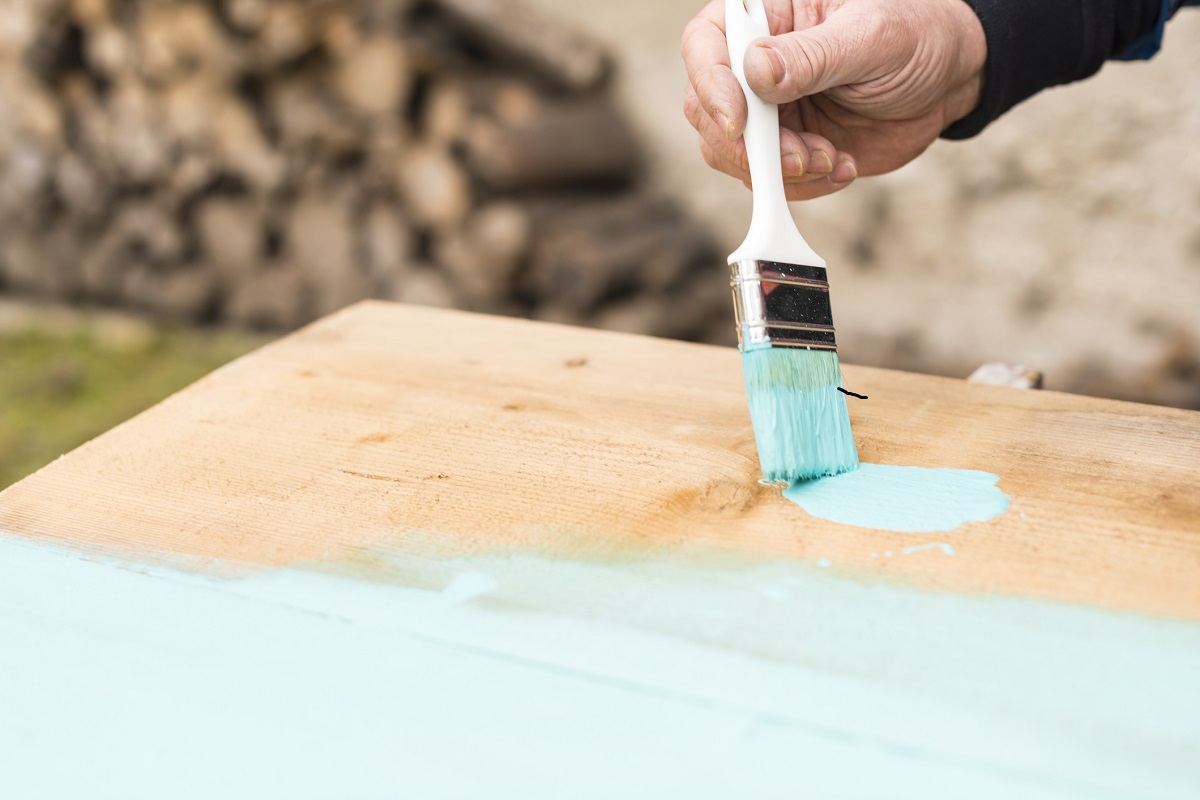
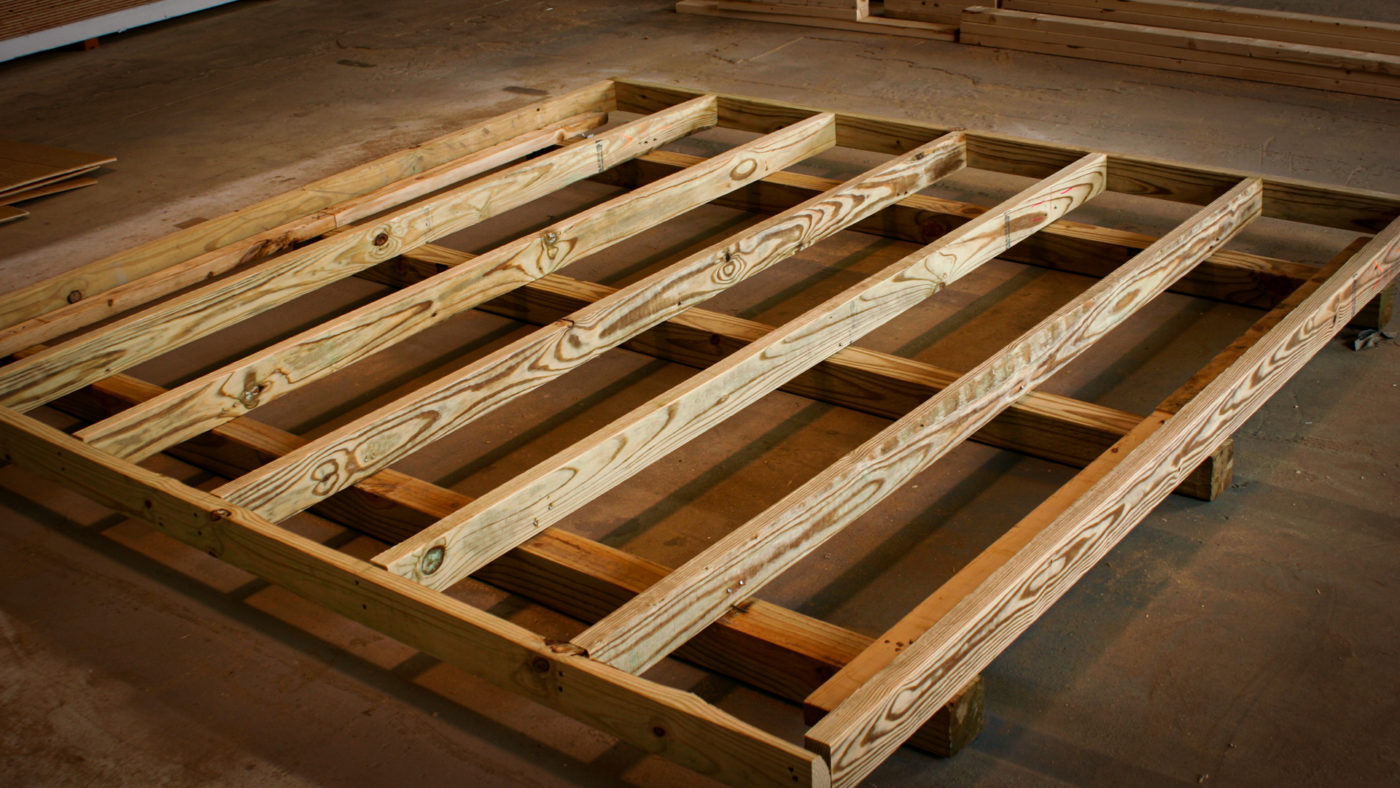
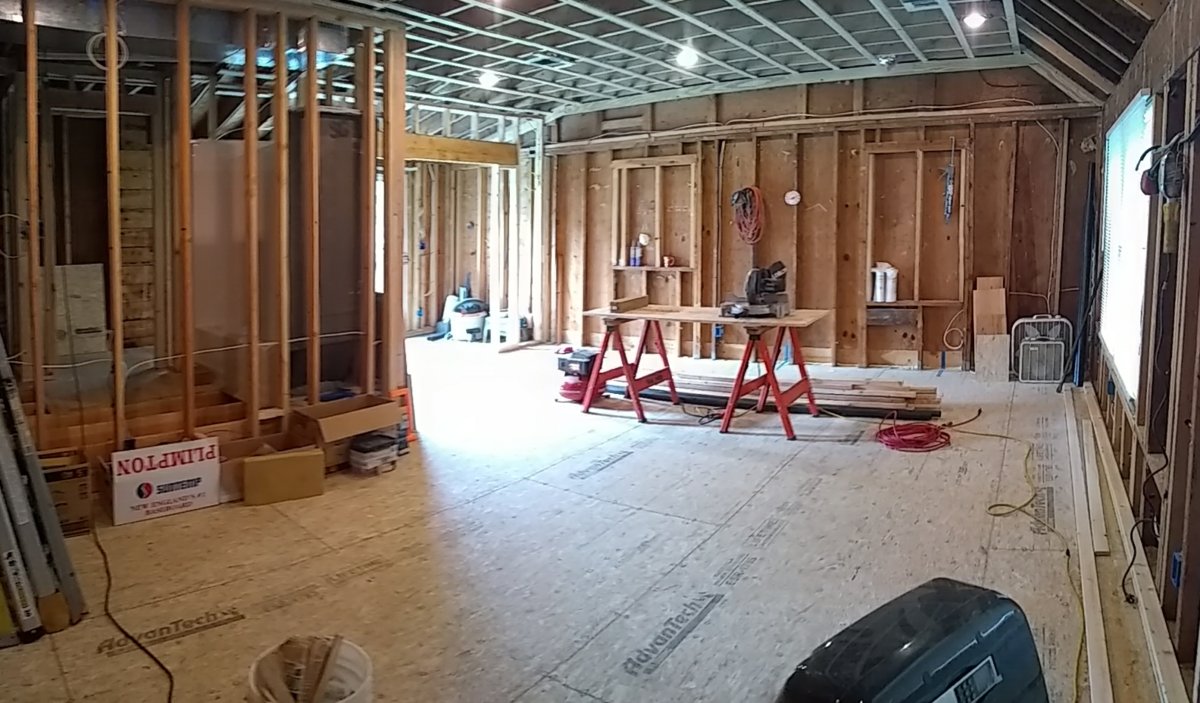
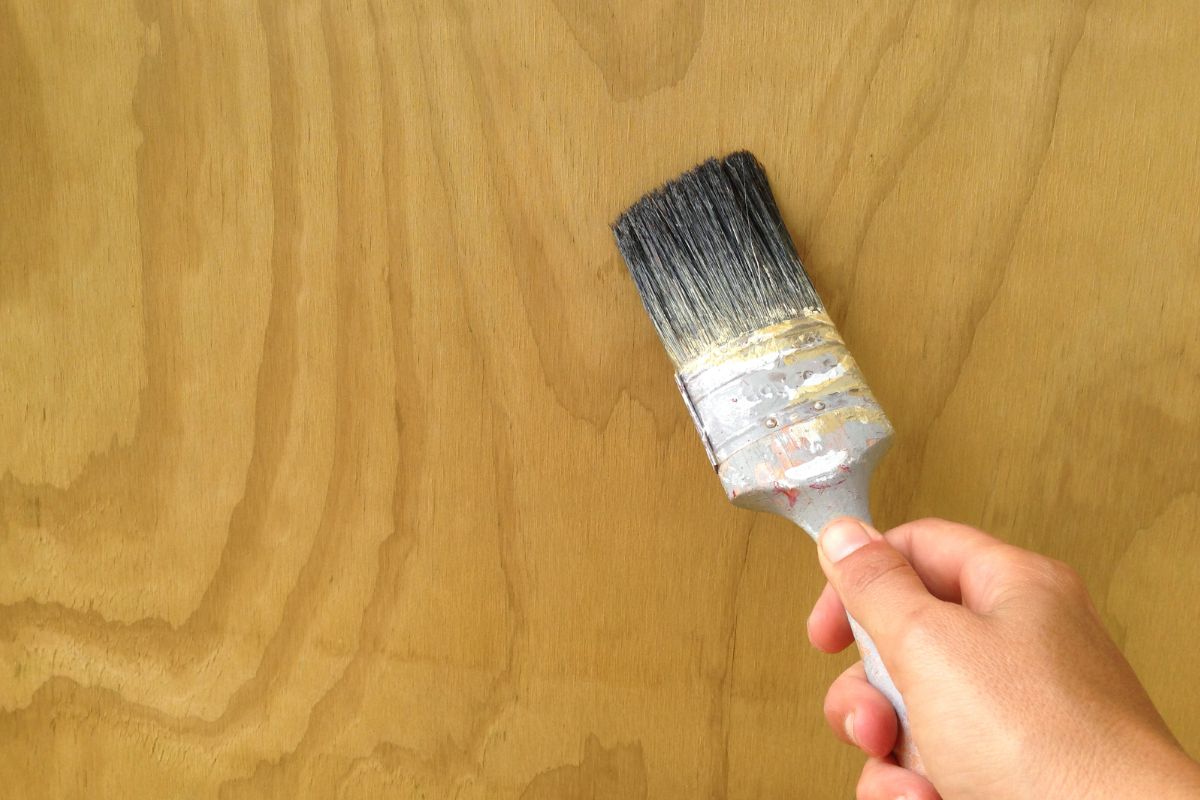
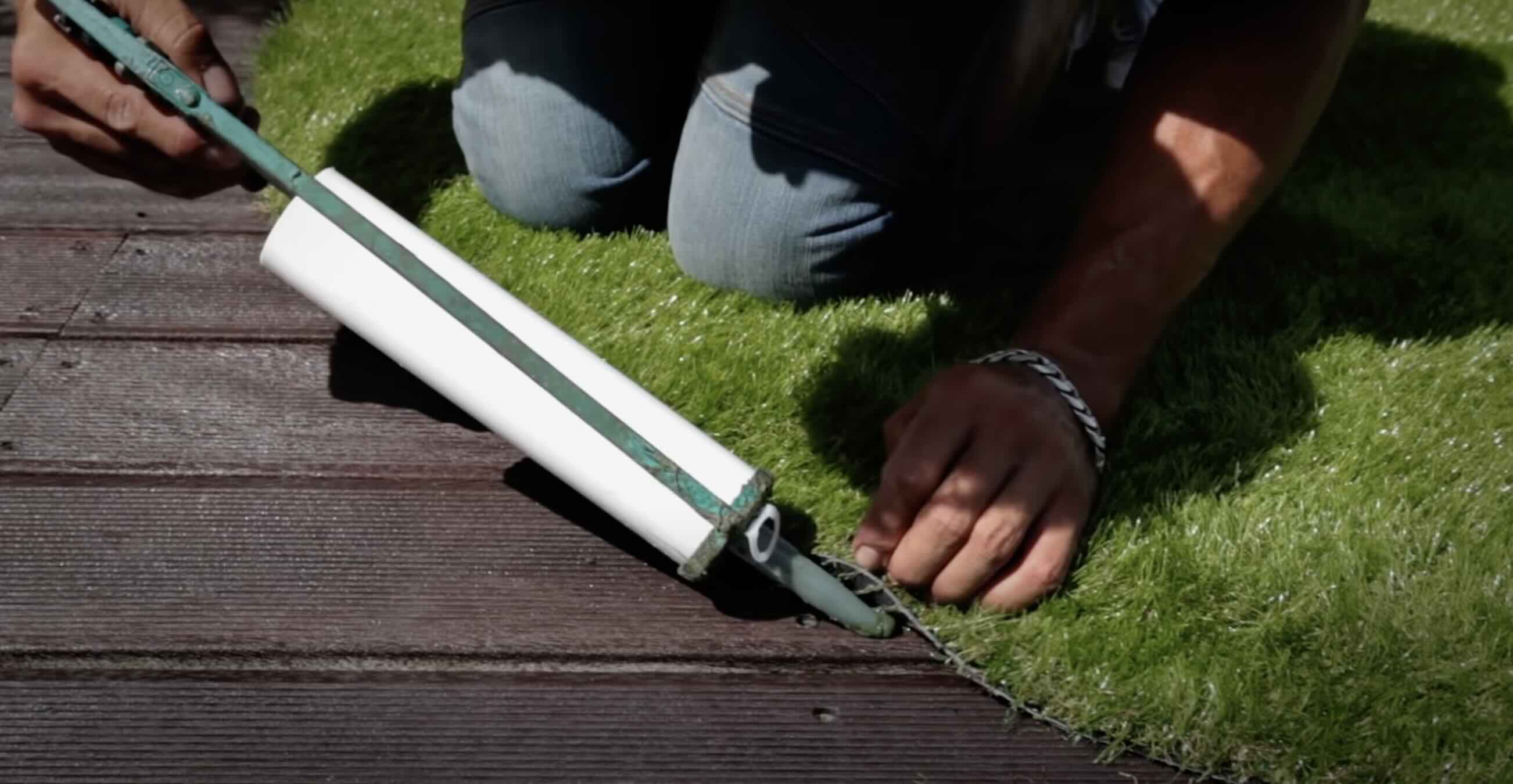
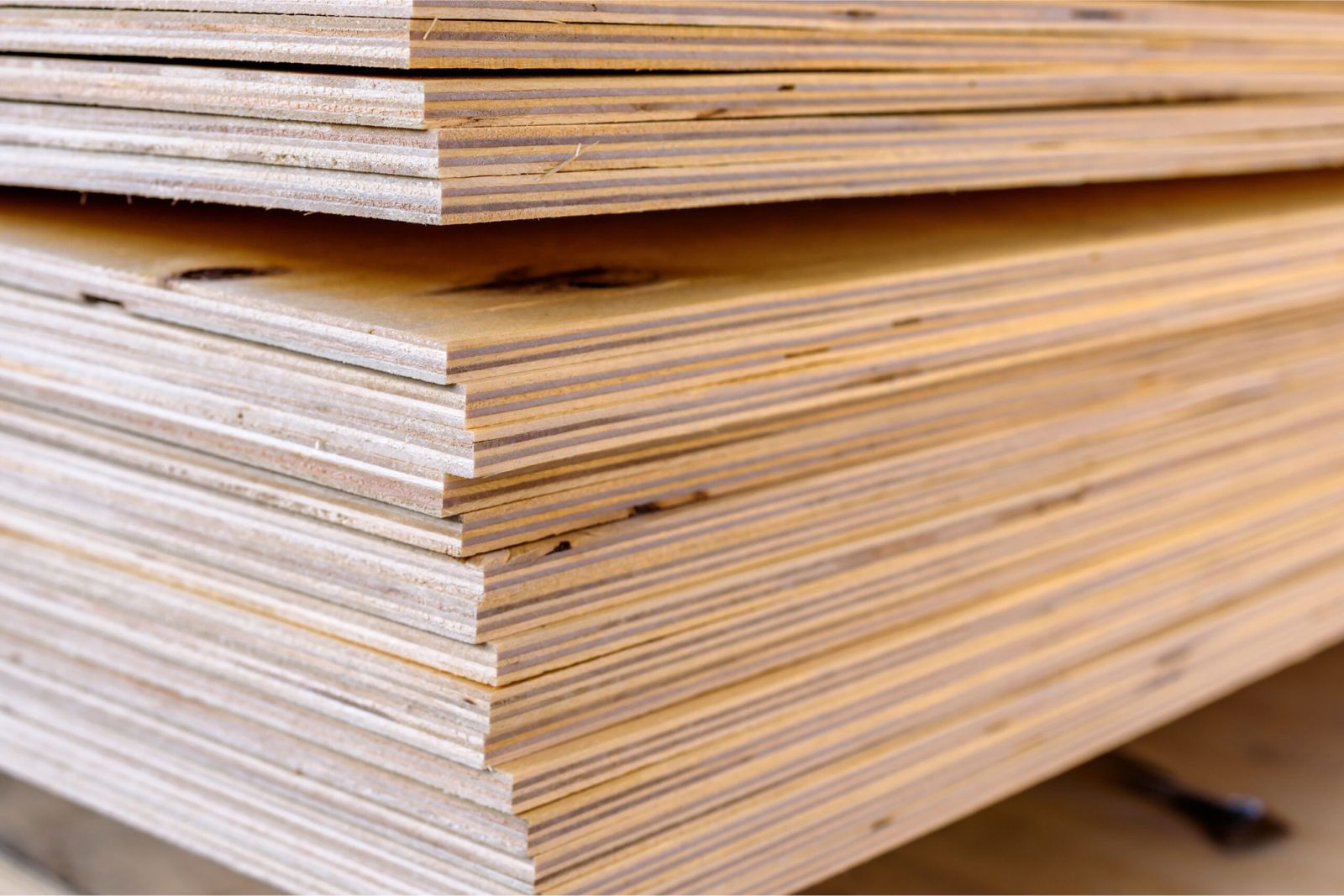

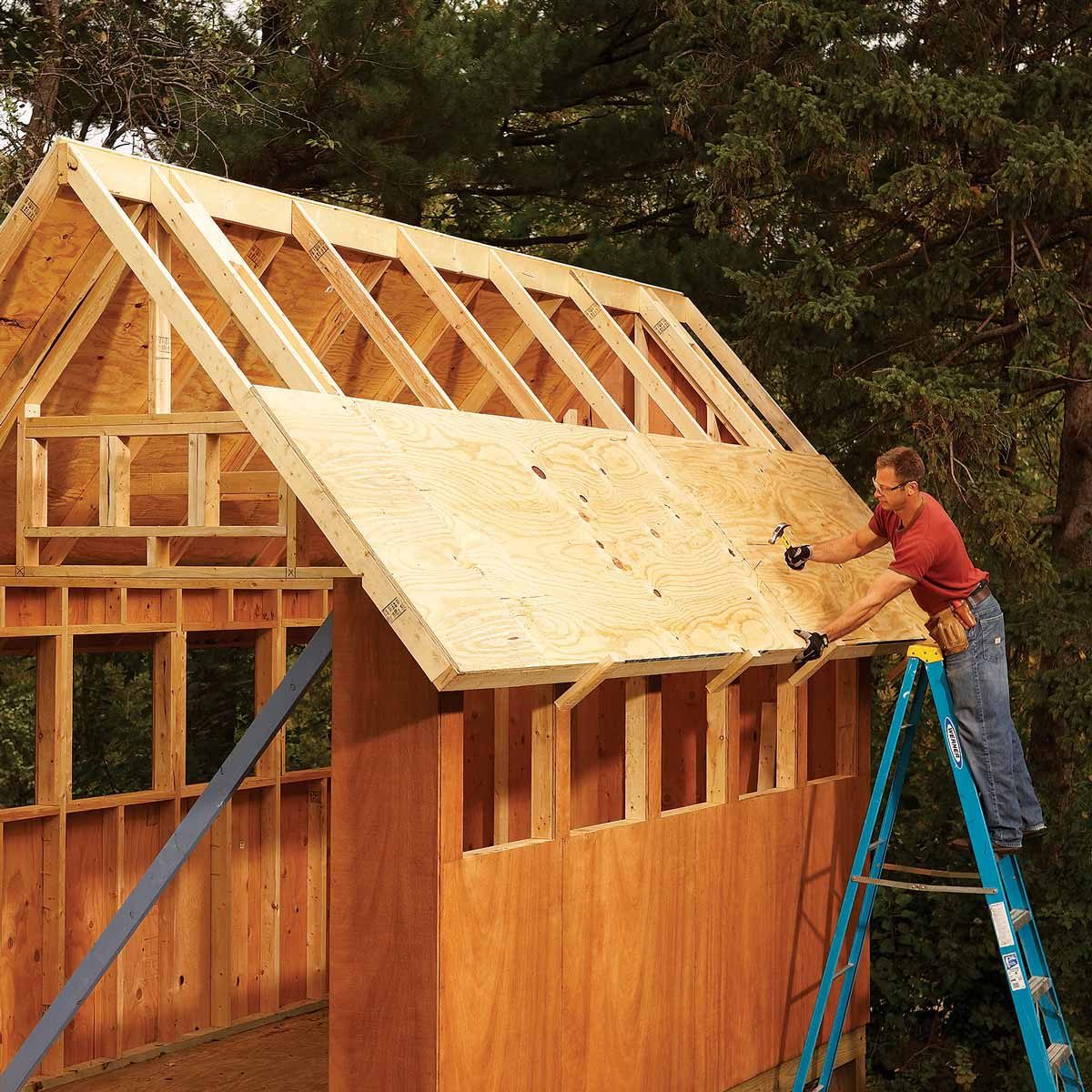

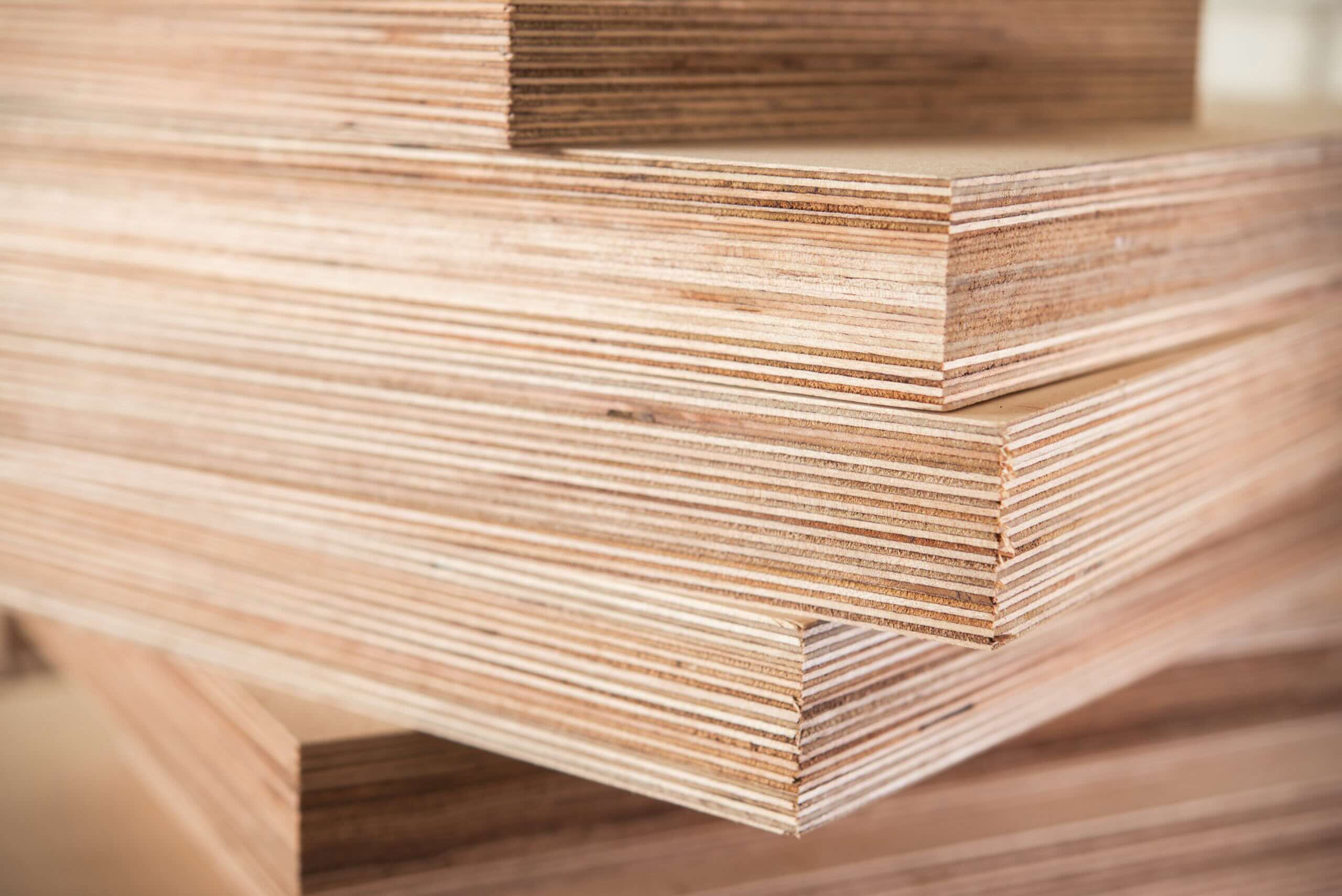
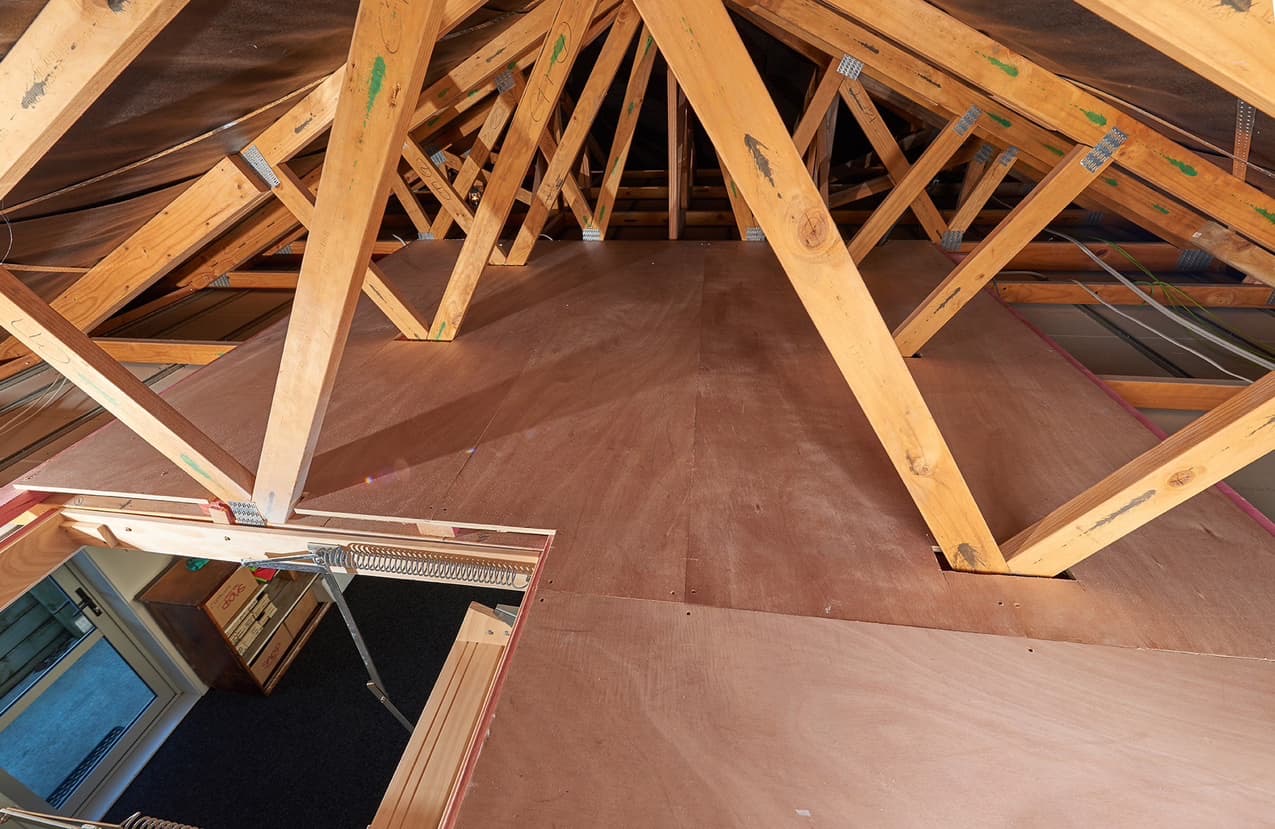
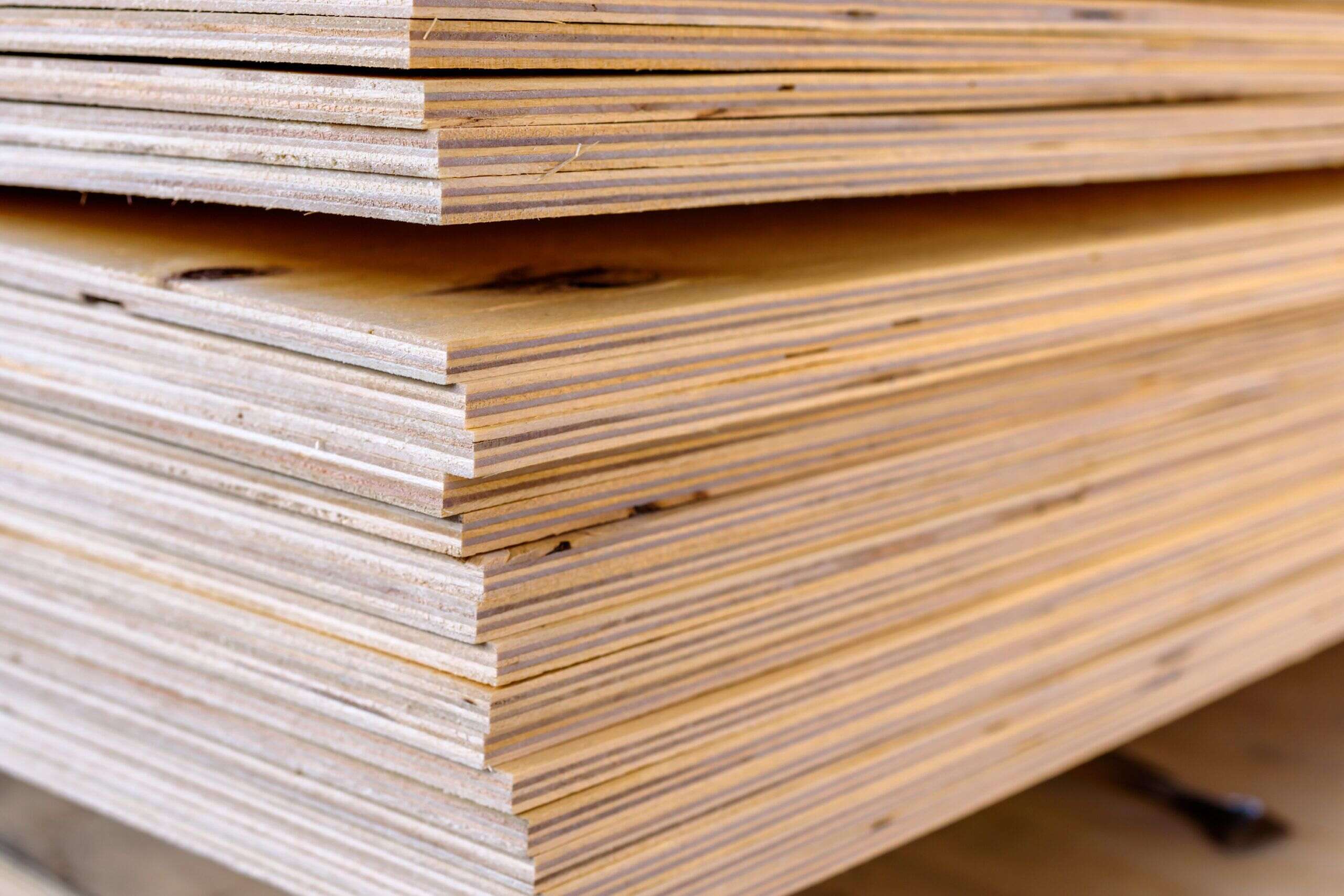
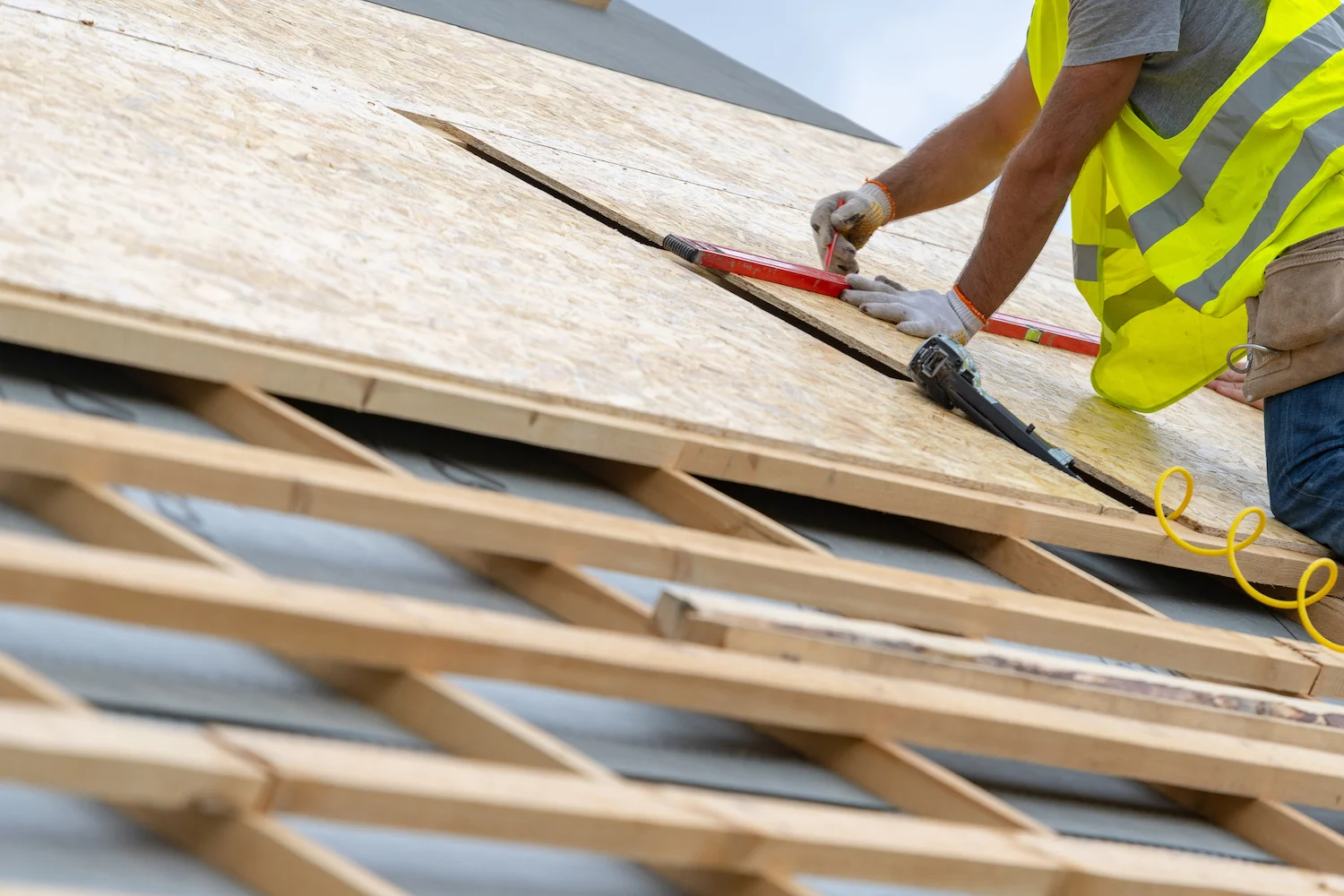


0 thoughts on “How To Store Plywood”